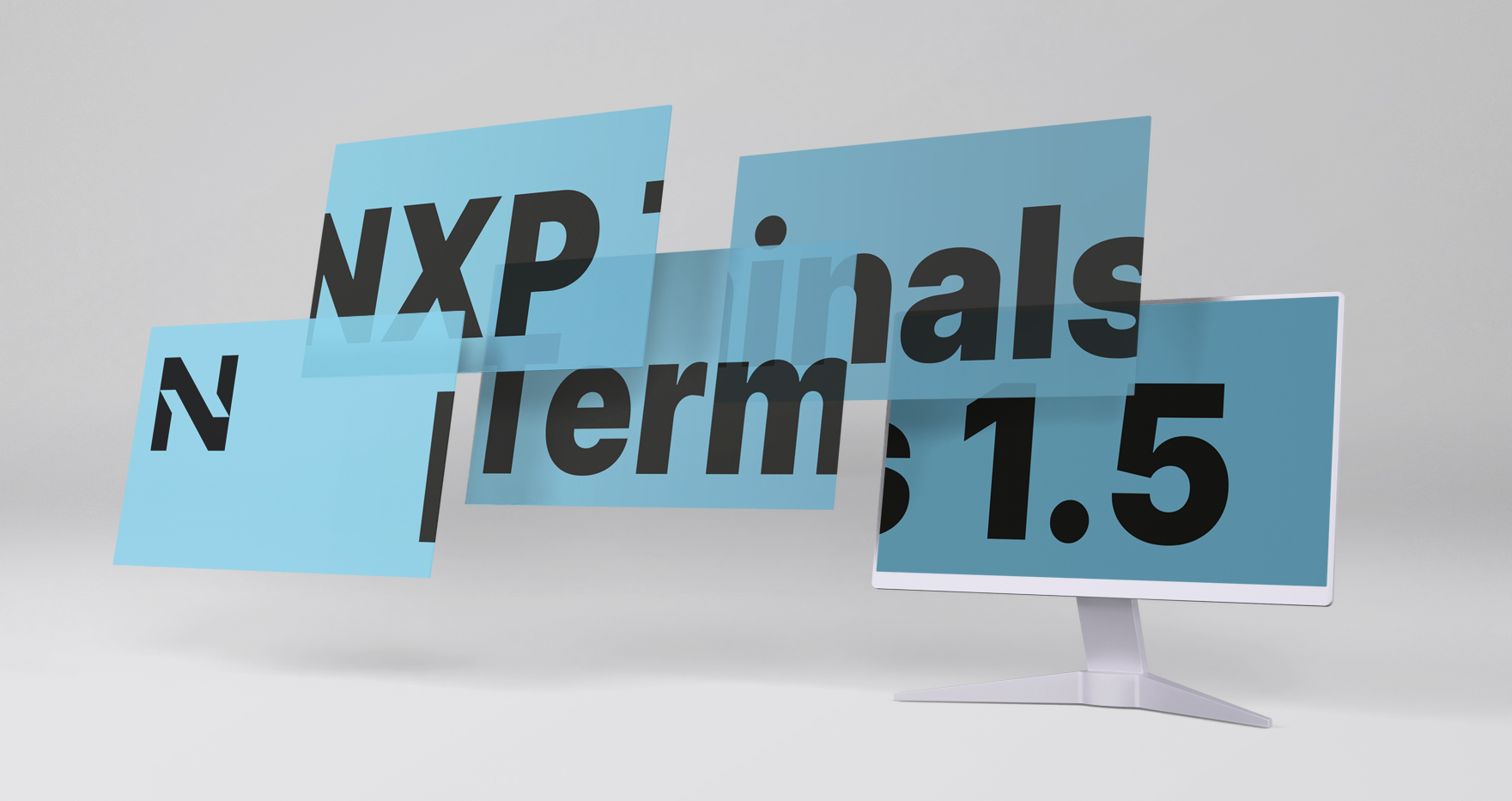
Optimizing Port Call Processes with Digital Twins & AI: The Port of Huelva
Smart Digital Ports of the Future Europe 2025 returns to Amsterdam on 12–13 November for its 9th edition, a practitioner-led forum where advanced ports compare results, align on standards, and stress-test systems for scalability.
Smart Digital Ports of the Future Europe 2025 returns to Amsterdam on 12–13 November for its 9th edition, a practitioner-led forum where advanced ports compare results, align on standards, and stress-test systems for scalability.
The conference agenda is framed around four interlocking themes: digital decarbonization, resiliency and agility, PCS and digital tools, and digital transformation. Each theme incorporates the overarching mandate of converting shared architectures and metrics into standardized frameworks or operational blueprints. At the conference, NextPort, in collaboration with the Port Authority of Huelva, will showcase how they've collaborated to turn fragmented information silos into coordinated action across the port call lifecycle.
The Port of Huelva project illustrates why interoperability matters. A FIWARE-aligned ecosystem and data-sharing culture allows an intelligence layer to seamlessly integrate without displacing incumbent systems, ensuring that insights land in the right workflow in time to change outcomes. Additionally, specific dashboards streamline the path from visibility to action. Some examples would be when arrival vessel draft exceeds the berth availability both on arrival or departure, DWT exceeds berth limits according to the local port compliance, vessel moves out of the port with a visit not properly finished or risk because two big vessels will cross in the navigation channel. Because unplanned disruptions are captured as first-class events, the digital twin learns from how port staff resolve those issues. This closes the loop between prediction and execution, thereby improving performance and making gains that translate directly into better resource utilization and lower operational disruptions.
Underpinning this capability is a Port Info strategy, which is a coordinated method to consolidate infrastructure data (zones, bathymetry, approach constraints), metocean signals, local regulations, planned services, and operational records into a unified, machine-readable baseline. When grounded in international standards, such as IHO S-100 and recent alignments across IMO FAL, ISO, and Maritime Single Windows, Port Info turns static charts and scatters into interoperable datasets that are directly usable in operations, lowering the barrier to adoption across port facilities. This alignment enables control room operators to spend less time hunting for facts, and more time acting on validated intelligence.
Only with a precise understanding of the port call process based on data, can you be effective in optimizing coordination and planning at arrival and departure. This means being able to build the track-record of each port call based on data that is actually fragmented across multiple systems or simply not in place. That’s why, at NextPort, we put effort into generating data on pilotage, towage and bunkering, ensuring that the information for each vessel, including conditions, is recorded.
Ángel Martínez Cavero, Product Adoption Manager, Ports, at NextPort
From this standpoint, we see the initial steps towards optimization as:
(1) Transparency and visibility across stakeholders: this means the shipping line, ship agent and terminal can leverage the Port Authority’s ecosystem. For example, not only having at ETA at PBP, but also deviation on that ETA at specific points of time, distance or service unavailability.
(2) Actionable awareness: these are issues where each stakeholder can take action, for example restrictions from sea-level and tides and the knock-on implications on draft conditions or berth suitability, or crossing vessels generating agitation hence mooring stress at specific berths.
(3) Optimize by anticipating disruptions or by learning from past occurrences: at ports, many of the contingency situations are not properly instrumented or registered for learning purposes, for example how to incorporate a congestion or metocean condition into operations.
FIWARE as our reference architecture lets us federate data across stakeholders and allow partners such as NextPort to deliver event-driven insights as well as to add an operational intelligence layer on top of our infrastructure, enhancing situational awareness and enabling proactive port-call coordination.
Manuel Francisco Martínez Torres, Chief Technology Officer at Port Authority of Huelva
Industry consensus is moving towards this way of thinking. As highlighted in the 2025 PCO Plenary discussions, Port Call Optimization (PCO) has progressed from proof of concept to operational reality, but scaling requires shared standards and structured data across ship, shore, and sea. However, a practical maturity path is emerging that allows us to achieve this ambition. First, we must institute common Port Call events to establish shared situational awareness; second, enrich vessel particulars for stronger feasibility checks; and third, integrate real-time and forecasted metocean to improve predictability. The result is next-generation PCO, that fuses Port Info with Digital Twins and AI to deliver proactive recommendations and event-driven coordination across stakeholders.

These elements map directly to SDP 2025 key topics. For digital decarbonization, the digital twins expose avoidable emissions embedded in waiting time and identify inefficient sequences. For resiliency and agility, short-horizon predictors surface conflict before it happens, such as weather windows, resource clashes, or agitation-driven mooring stress, so plans can pivot without cascading delays. Looking ahead, the goal is to shorten the interval between sensing, deciding, and execution, so that coordination becomes proactive by default. In Amsterdam, we will share insights from Huelva to make the approach more concrete and reusable. For ports pursuing SDP 2025’s themes, an event-centric, standards-aligned digital twin provides the most direct route from data to operational advantage, offering a portable intelligence layer that seamlessly integrates into your port community ecosystem to improve safety and predictability and measurably advance efficiency, sustainability, and resilience.
At NextPort, our vision is to make ports data-driven by default. We fuse Port Infrastructure, metocean data, vessel state, and marine services into an operational twin, then deliver prescriptive insight to people and systems through governed event streams. Fully interoperable with PCS/TOS/PMS/GIS (incl. FIWARE-aligned interfaces), our platform augments, but does not replace, your stack, which works to improve safety, predictability and efficiency, while laying a measurable path to decarbonization and resilience.







